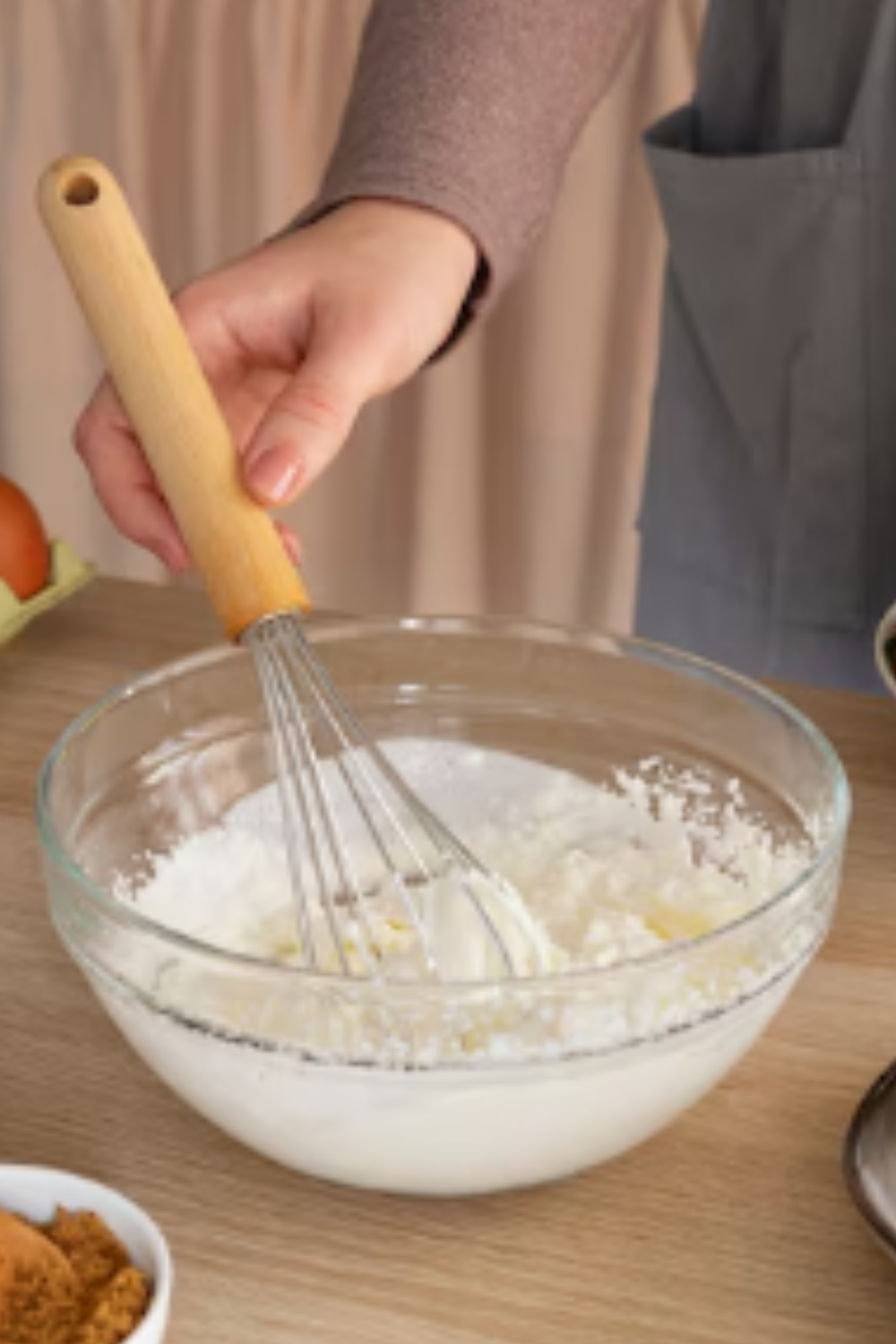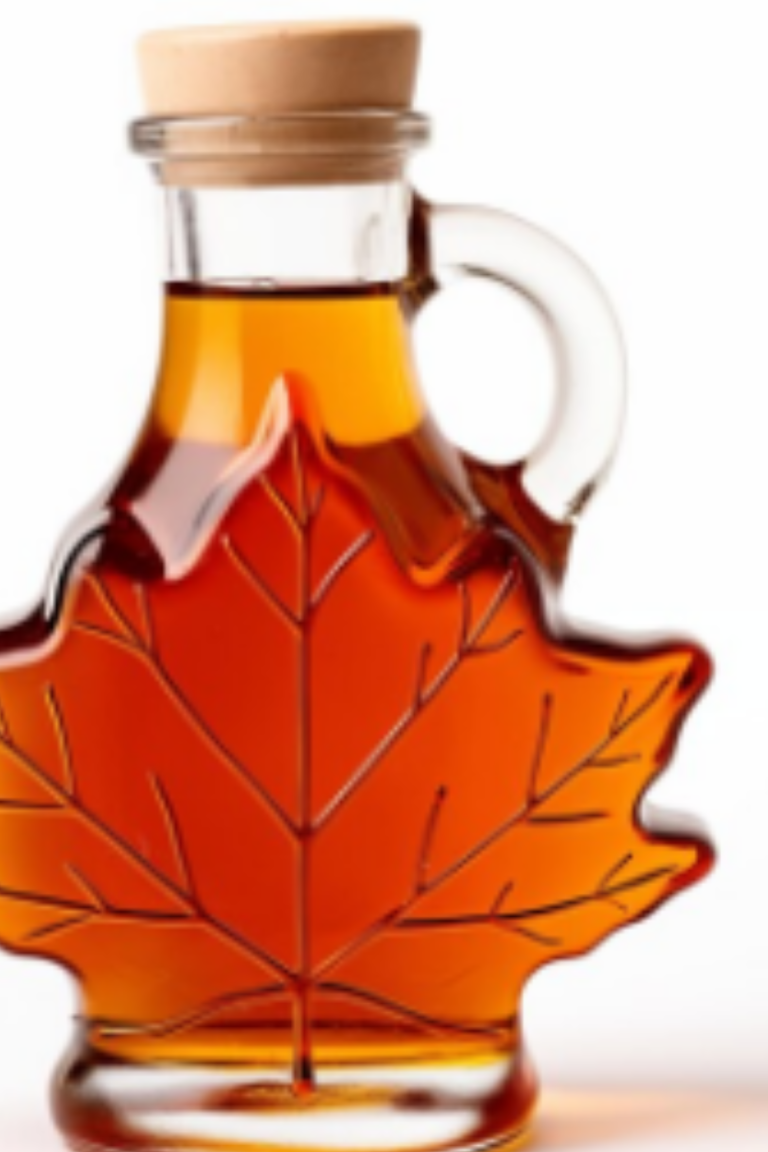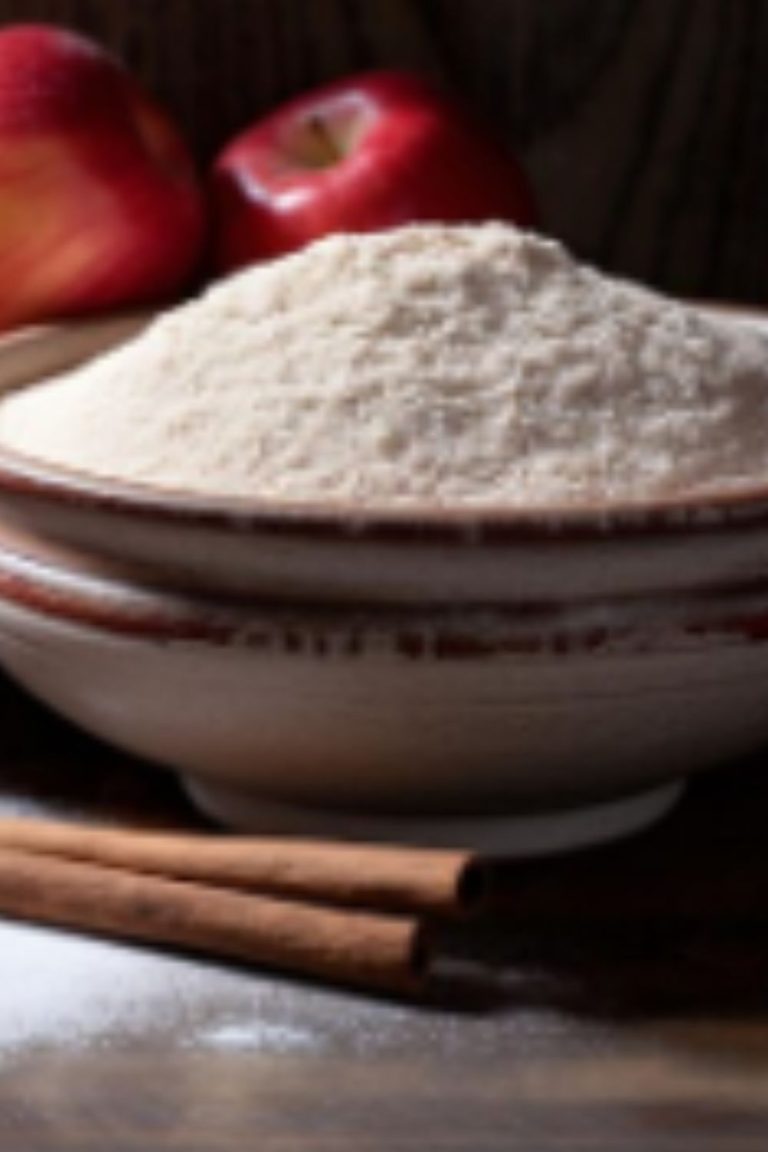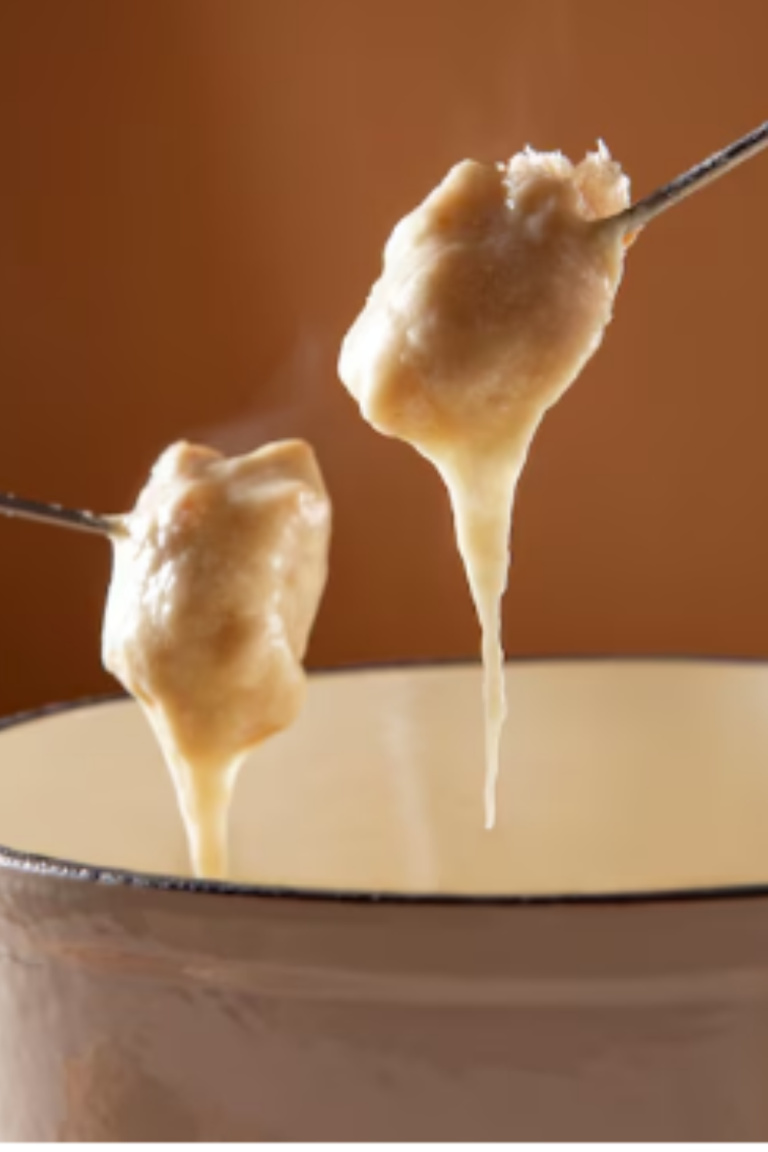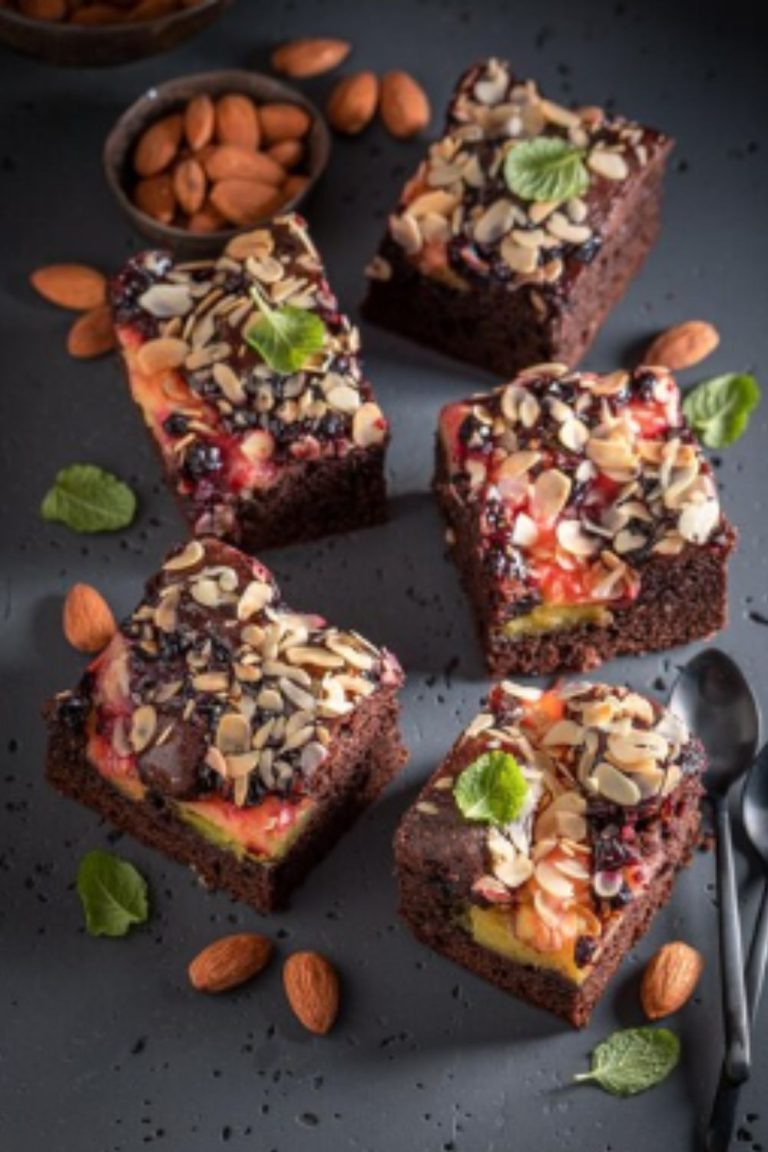EB: Eggless Batter role in cakes Explained
In this topic, I’m going to talk about a crucial aspect of baking: Eggless Batter. In my own personal experience, mastering eggless batters has opened up a world of possibilities in creating delicious cakes that cater to various dietary preferences and restrictions.
What is Eggless Batter and What’s Its Role in Cakes?
Eggless batter refers to a mixture used in baking cakes that does not contain eggs as an ingredient. Traditionally, eggs serve multiple purposes in baking: they provide structure, help with leavening, and contribute to moisture in the final product. However, for those with dietary restrictions or allergies, or for those choosing a plant-based diet, eggless batters offer a viable alternative that can yield equally delightful cakes. Check out the right Eggless Batter, cake tools, and ingredients that you need here.
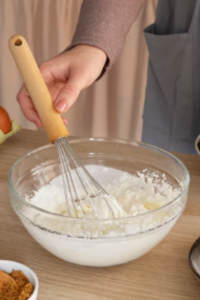
Why Choose Eggless Batter?
Choosing to bake with eggless batter can be motivated by various reasons. Some individuals may have egg allergies, while others might follow a vegan lifestyle. Moreover, eggless cakes often have a lighter texture and can be more suitable for certain cake recipes where the flavor of eggs would be overpowering.
Ingredients Used in Eggless Batters
The ingredients in eggless batters typically include substitutes for eggs such as:
- Flaxseed Meal: When mixed with water, flaxseed meal forms a gel-like consistency that can mimic the binding properties of eggs.
- Applesauce or Mashed Bananas: These add moisture and can help with leavening.
- Yogurt or Buttermilk: These dairy products can contribute to the structure and moisture content of the cake.
- Commercial Egg Replacers: There are also various commercially available egg replacers made from starches and other ingredients that perform similarly to eggs in baking. Check out the right Eggless Batter, cake tools, and ingredients that you need here.
Tips for Making Eggless Batter
When preparing eggless batter for cakes, it’s essential to pay attention to the following tips:
- Mixing: Ensure thorough mixing of the ingredients to achieve a uniform texture.
- Leavening Agents: Adjust the amount of baking powder or baking soda as needed, as eggs also contribute to the leavening process.
- Moisture: Balance the moisture content by incorporating ingredients like oil or additional liquid as necessary.
- Flavor: Enhance the flavor profile with extracts like vanilla or almond, or spices like cinnamon or nutmeg.
Understanding eggless batter and its role in cakes allows you to cater to a broader audience with diverse dietary needs and preferences. Whether you’re baking for a vegan friend or looking to explore new flavors and textures, mastering eggless batters opens up a world of creative possibilities in the kitchen. Check out the right Eggless Batter, cake tools, and ingredients that you need here.
Comparing Eggless Batter to Traditional Batter
Now, let’s delve deeper into how eggless batter compares to traditional batter used in cakes. Understanding these differences can help you decide which type of batter is best suited for your baking needs.
Texture and Moisture
Traditional batters that include eggs tend to result in cakes that are slightly denser with a richer texture. Eggs contribute both moisture and structure, giving the cake a soft crumb and a moist interior. In contrast, eggless batters may produce cakes that are lighter and fluffier, though the texture can vary depending on the substitute used. Ingredients like yogurt or applesauce can add moisture, but achieving the exact texture of a traditional egg-based cake may require some experimentation.
Leavening and Rise
Eggs are crucial for leavening in traditional cakes, providing aeration that helps the cake rise during baking. This leavening effect can be challenging to replicate with eggless substitutes. Baking powder and baking soda are often used in conjunction with eggless batters to achieve a similar rise, but the results may differ slightly. Understanding the role of each leavening agent and adjusting accordingly can help maintain the desired cake volume and structure. Check out the right Eggless Batter, cake tools, and ingredients that you need here.
Flavor Profile
Eggs contribute a distinct flavor to cakes, albeit subtle. Traditional cakes with eggs often have a richer flavor profile compared to eggless varieties. In eggless baking, the flavors of other ingredients, such as vanilla extract or spices, may come through more prominently. This can offer an opportunity to experiment with different flavor combinations and create cakes that are uniquely delicious.
Nutritional Considerations
From a nutritional standpoint, eggless batters can offer benefits such as reduced cholesterol and saturated fat content, especially when using substitutes like flaxseed meal or applesauce. These alternatives can also add fiber and essential nutrients to the cake, enhancing its nutritional profile compared to traditional recipes.
External Resources
For further exploration of the differences between eggless and traditional baking, you can refer to:
- Comparison of Eggless and Traditional Baking Methods – Iowa State University Extension and Outreach
- Nutritional Benefits of Eggless Baking – University of California, Berkeley
whether you choose to bake with eggless batter or traditional batter depends on your dietary preferences, baking goals, and desired cake characteristics. Each type of batter offers unique advantages and challenges, and mastering both techniques can expand your culinary repertoire. Whether you’re baking for dietary restrictions, experimenting with new flavors, or simply enjoying the art of baking, understanding these differences allows you to create cakes that are not only delicious but also tailored to your specific needs and preferences. Check out the right Eggless Batter, cake tools, and ingredients that you need here.
comparison tabular
Here’s a comparison table highlighting key aspects and considerations between eggless batter and traditional batter used in cakes:
| Aspect | Eggless Batter | Traditional Batter |
|---|---|---|
| Texture | Generally lighter and may vary depending on substitutes used. | Slightly denser with a richer texture due to eggs. |
| Moisture | Moisture can vary; may require additional ingredients for balance. | Eggs contribute significant moisture and structure. |
| Leavening | Relies on baking powder/soda; may require adjustments for rise. | Eggs provide natural leavening; essential for cake structure. |
| Flavor | Flavors of other ingredients (e.g., vanilla) may be more prominent. | Subtle egg flavor contributes to overall cake taste. |
| Nutritional Profile | Can offer lower cholesterol and saturated fat; may include added nutrients. | Contains cholesterol and saturated fat; high in protein. |
| Allergen Concerns | Suitable for those with egg allergies or on vegan diets. | Not suitable for those with egg allergies; not vegan-friendly. |
| Ease of Preparation | Requires understanding of substitute properties for best results. | Standard preparation with widely available ingredients. |
| Baking Techniques | Adjustments needed for leavening and texture control. | Well-established techniques for consistent results. |
| Versatility | Allows for creative flavor combinations and dietary adaptations. | Traditional recipes have a proven track record for various cakes. |
| External Resources | Iowa State University – Comparison of Eggless and Traditional Baking | University of California, Berkeley – Nutritional Benefits of Eggless Baking |
Key Considerations:
- Texture and Moisture: Eggless batters tend to be lighter, while traditional batters are denser due to eggs providing moisture and structure.
- Leavening and Rise: Eggless batters rely on substitutes like baking powder/soda for leavening, requiring adjustments for optimal rise compared to eggs’ natural leavening properties.
- Flavor Profile: Eggless cakes may highlight flavors of substitutes like vanilla, whereas traditional cakes have a subtle egg flavor contributing to their taste.
- Nutritional Profile: Eggless batters can be lower in cholesterol and saturated fat, making them suitable for specific dietary needs.
- Allergen Concerns: Eggless batters cater to those with egg allergies or following vegan diets, whereas traditional batters contain eggs and are unsuitable for these groups.
- Baking Techniques: Mastery of eggless baking involves understanding substitute properties, while traditional baking uses standard techniques with eggs. Check out the right Eggless Batter, cake tools, and ingredients that you need here.
FAQs on Eggless Batter in Cakes
1. Can I substitute eggs in any cake recipe?
While many cake recipes can be adapted to use eggless batter, it’s essential to consider the role of eggs in the original recipe. Recipes that heavily rely on eggs for structure and texture may require more experimentation to achieve similar results with eggless substitutes.
2. What are the best substitutes for eggs in baking?
Popular substitutes include flaxseed meal mixed with water, applesauce, mashed bananas, yogurt, and commercial egg replacers. Each substitute offers different properties, so the choice depends on the desired texture and flavor of your cake.
3. How do I adjust baking times and temperatures when using eggless batter?
Baking times and temperatures may need slight adjustments when using eggless batter. Generally, eggless cakes may bake slightly faster due to differences in moisture content and leavening. It’s recommended to start checking for doneness a few minutes earlier than the original recipe suggests.
4. Can I achieve the same texture and rise with eggless batter?
While eggless batters can produce cakes with similar textures and rises to traditional recipes, achieving the exact results may require practice and understanding of how different substitutes interact with other ingredients.
5. Are eggless cakes healthier than traditional cakes?
Eggless cakes can be lower in cholesterol and saturated fat, especially when using substitutes like applesauce or flaxseed meal. They can also offer added nutrients depending on the substitutes used. Check out the right Eggless Batter, cake tools, and ingredients that you need here.
Final Words
Mastering eggless batter in cakes opens up a world of possibilities for accommodating various dietary preferences and restrictions. Whether you’re baking for someone with allergies, following a vegan lifestyle, or simply exploring new flavors, understanding the nuances of eggless baking allows you to create delicious cakes with unique textures and flavors. Experiment, enjoy the process, and tailor your creations to delight everyone at the table! Happy baking!

Hi!
I’m Mike, the creator of Forum Foodies. In my own personal experience, understanding ingredients is key to great cooking.
Forum Foodies offers guides on various ingredients, from staples to exotic finds. Join our community, share your experiences, and learn from fellow food lovers.
Have questions or suggestions? Email me at info@forumfoodies.com. Let’s embark on this delicious adventure together.
Happy cooking.
Mike/
Related Posts
- EMC: Eggless Milk Cream role in cakes Clarified
If you love baking but want to avoid using eggs, then you're in for a…
- EBC: Eggless Buttercream role in cakes Clarified
In this topic, I'm going to talk about Eggless Buttercream in my own personal experience.…
- EBS: Eggless Brown Sugar role in cakes Explained
In this topic, I'm going to talk about a versatile ingredient that has transformed many…
- MCB: Molasses Cake Batter role in cakes Clarified
In this topic, I'm going to talk about a fascinating ingredient that adds a unique…
- EBM: Eggless Buttermilk role in cakes Clarified
In this topic, I'm going to talk about EBM (Eggless Buttermilk) and its role in…
- MOS: Molasses Syrup role in cakes Explained
In this topic, I'm going to talk about Molasses Syrup in my own personal experience,…
- CST: Role in cakes Explained
In this topic, I'm going to talk about the CST - Cranberry Shortcake, drawing from…
- PCJ: Passionfruit Juice role in cakes Explained
In this topic, I'm going to talk about the delightful addition of passionfruit juice in…
- EB: Egg Boiler role in cakes making Clarified
In this topic, I'm going to talk about the EB - Egg Boiler and its…
- EC: Elderberry Concentrate role in cakes Explained
In this topic, I'm going to talk about the role of Elderberry Concentrate in cakes,…
- CAS: Caramel Sauce role in cakes explained
In this topic, I'm going to talk about CAS - Caramel Sauce in my own…
- BPC: role in cakes Explained
In this topic, I'm going to talk about BPC - Blueberry Puree Cake, drawing from…
- HBC: Honey Buttercream role in cakes Explained
In this topic, I'm going to talk about the delightful world of Honey Buttercream (HBC).…
- APP: Apple Puree role in cakes Explained
In this topic, I'm going to talk about apple puree and its role in cakes,…
- CLM: Clementine role in cakes Explained
In this article, I'm going to talk about one of my favorite ingredients in baking:…

